One of Perspektivet Museum’s important goals is to focus on the diversity in the Tromsø Region, which has been a multicultural area since the olden days. The museum has previously worked with the project “Untermensch” where the Soviet POWs during WWII were the theme. Starting in 2004, we want to again direct attention towards our neighbour in the north. This time the exhibition is about Russian seamen in today’s Tromsø.
Little is known about the everyday life of the many Russian seamen who visit Tromsø annually, other than what we hear about in the mass media, which is mostly negative. By shedding light on the Russians’ situation and allowing their voices to be heard, we hope to be able to modify the picture of this group. Who are they? What do they do in Tromsø? Where do they come from? What picture do they have of us Norwegians?
Background for the project
Russian ships and seamen have visited Tromsø since the 18th century. Merchant ships from the Pomor District in Northwest Russia supplied the inhabitants in the Tromsø Region with flour and other vital goods up until WWI. The people in Tromsø greatly appreciated the Pomor trade, and many bonds of friendship were formed between Norwegians and Russians. In contemporary literary accounts and recorded memoirs, the Pomors are portrayed as an exotic and positive element in the cityscape.
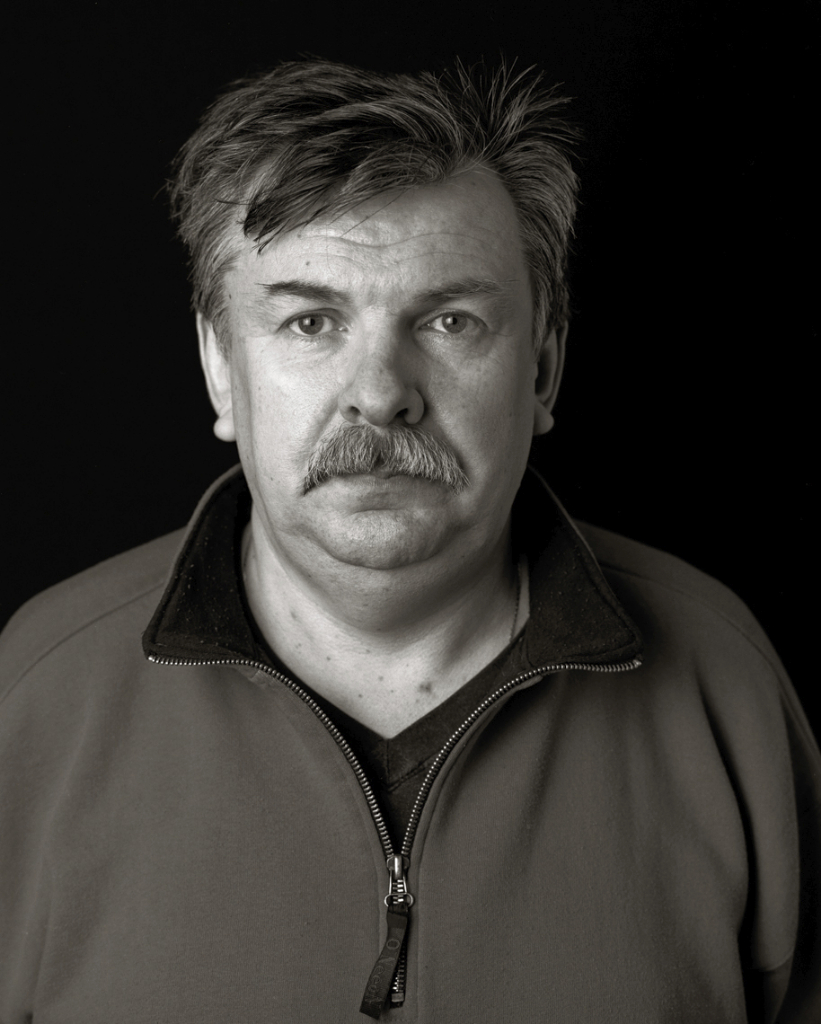
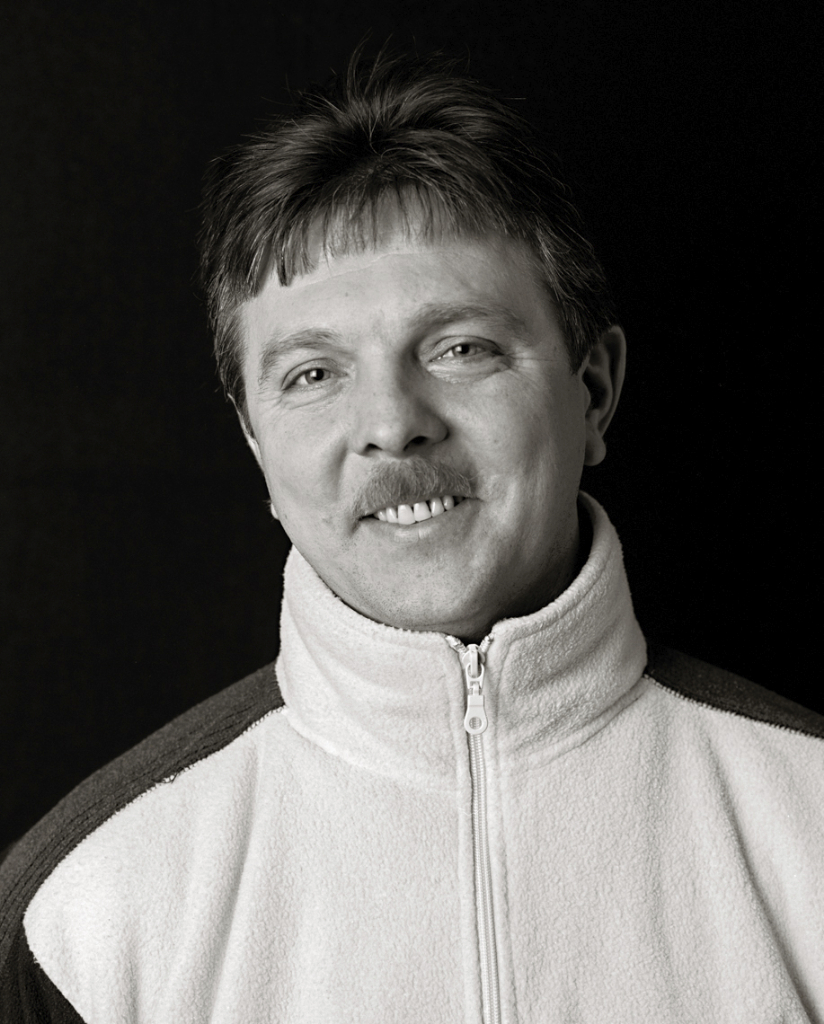
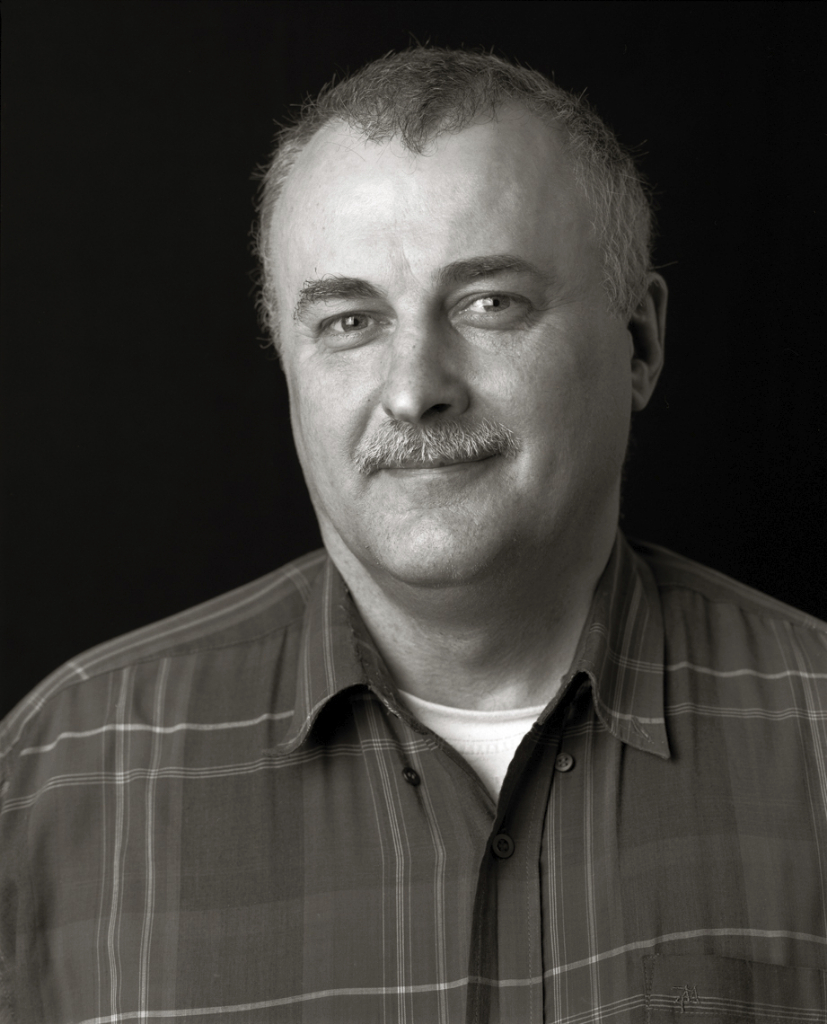
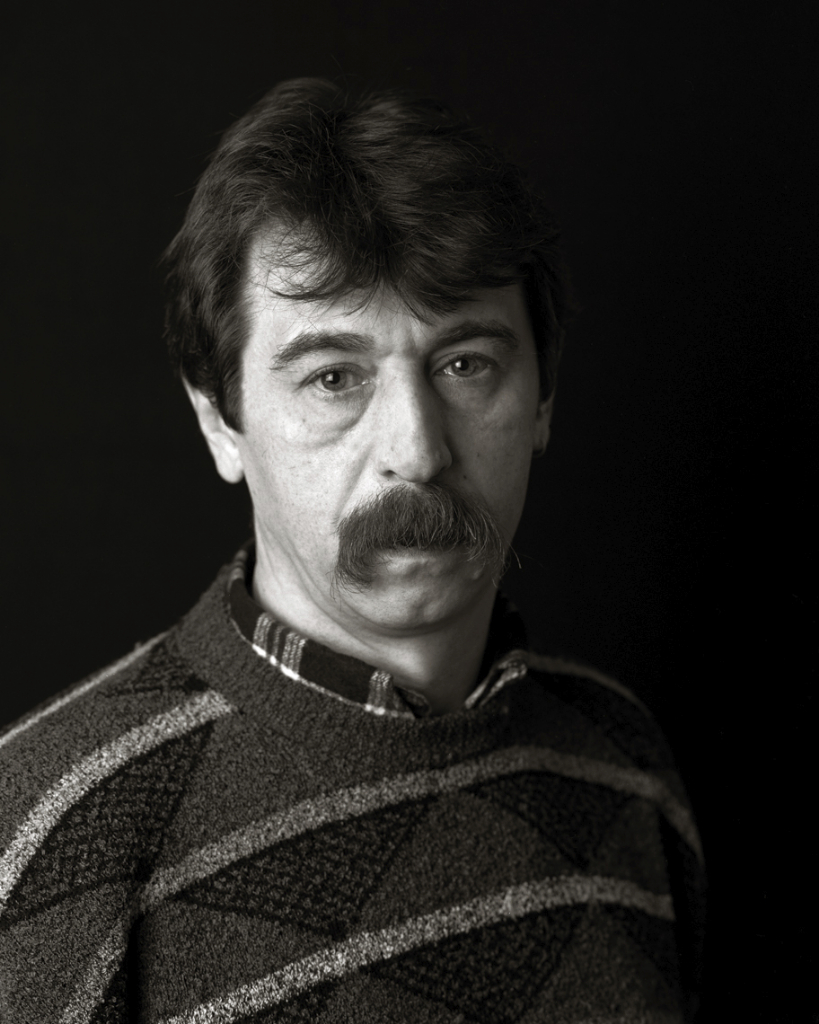
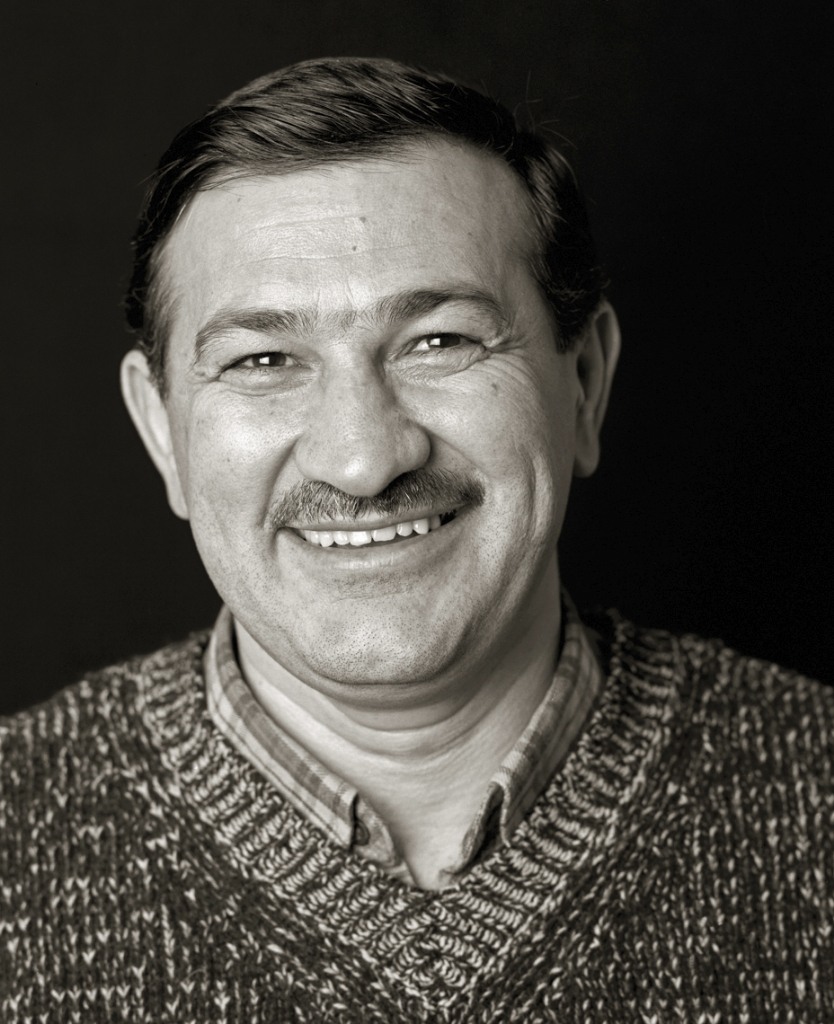
15,000 russian seamen
After the Russian Revolution in 1917, the old trade contacts were broken. But around 1990-91, Russian ships once again began to call at Tromsø. Today, Russian trawlers come here to unload fish, wait for quotas, receive supplies and make repairs. Some of their fishing vessels have been embargoed for long periods. A large number of trawlers have visited Tromsø Harbour during the past decade. For example, 489 Russian ships had port calls in 1997. On a randomly picked date, 3. March 2003, 22 Russian ships were visiting Tromsø. Under normal operations, the trawler crews number anywhere between 30-40 men. It is presumed that at least 15,000 Russian seamen visit Tromsø every year.




Secure jobs
Russian seamen can again be observed in groups along Main Street (Storgata), exactly like it was before WWI. But the colourful picture from the Pomor period has been replaced by a gloomy “coverage photo” in dark grey tones. The newspaper headlines from the past decade have mainly focused on negative aspects: Rusty trawlers, embargoed ships, fishing scandals involving cheating, vodka sales, trafficking of prostitution, illegal traffic at the city’s rubbish dump and thefts committed by Russian seamen. In this crude media picture, the positive sides of the fishermen’s presence have only slightly been made visible.
The fact that the Russian trawlers deliver important goods and secure jobs on the Norwegian side is often forgotten. Also, the Russians’ own perceptions of the trawler traffic have only barely gotten a chance in the media. It is not the museum’s intention to contradict the negative sides of the activities, but to contribute to a more balanced picture by pointing out other non-communicated aspects of the Russian presence.








Project Goals
Through a one-year documentation project with start-up in the autumn of 2004, Perspektivet Museum is aiming to study the everyday life of the Russian seamen and their encounters with the Tromsø community, seen in the light of the long historic contacts. The documentation will be based on direct observations onboard the trawlers in port and in the environments where the seamen move about, interviews with the seamen and their Norwegian collaborators, as well as with photographs and audio recordings.
The results will be processed and communicated in the form of an exhibition at Perspektivet Museum, publications and contributions to professional conferences, in the Network for Contemporary Documentation and similar places. The project has thus far received NOK 200,000 in support from The Norwegian Council for Cultural Affairs.
Manager: Astri Fremmerlid/Perspektivet Museum
Project Manager: Caroline Serck-Hanssen/Perspektivet Museum
Historical part: Marianne A. Olsen/Perspektivet Museum
Photographers: Mari Hildung/Perspektivet Museum og Helge A. Wold
Interested in the exhibition catalog?
Contact post@perspektivet.no
